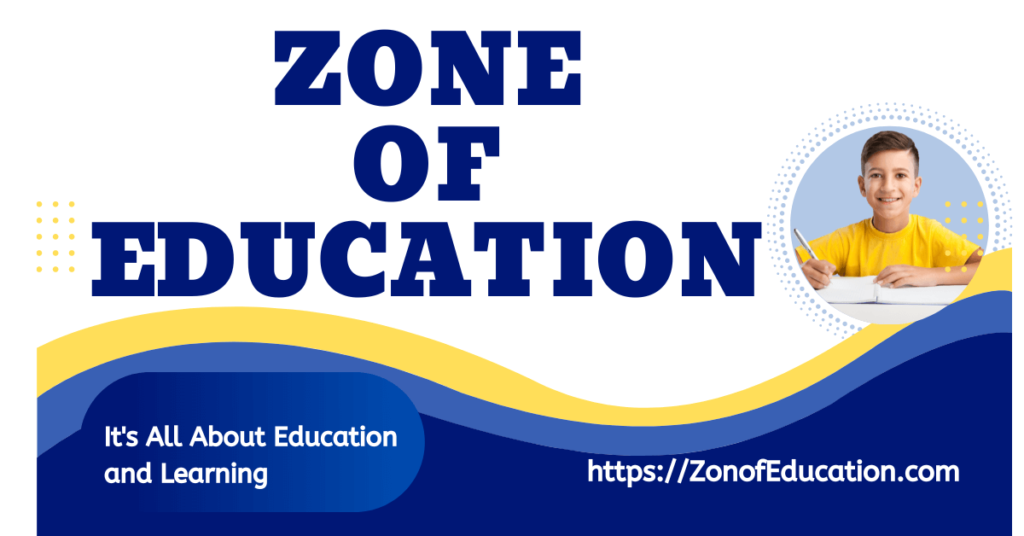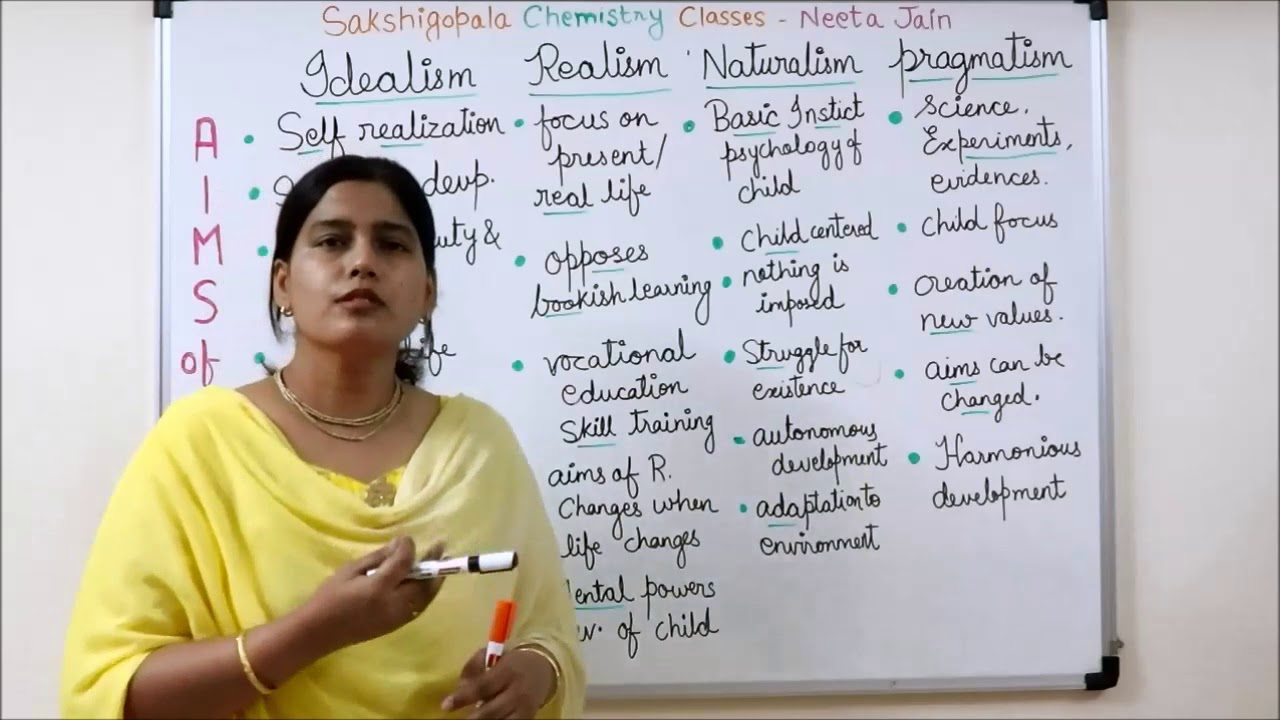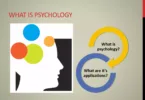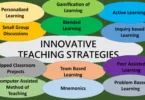
The demonstration teaching method is a technique in which the instructor demonstrates how to do something to the students. This could be accomplished using actual objects, models, or photographs. The instructor may also explain the process’s steps and respond to student inquiries.
The Demonstration Method of Teaching is an effective and interactive approach that focuses on actively engaging students in learning. This method allows students to witness concepts in action through live demonstrations and practical examples, fostering deeper understanding and retention.
In this method, educators showcase real-world applications, perform experiments, or simulate scenarios to illustrate complex ideas and theories. Students can grasp abstract concepts more effectively by visually and experientially demonstrating concepts and developing critical thinking and problem-solving skills.
The Demonstration Method promotes active participation, encourages student involvement, and creates a dynamic learning environment. It enhances conceptual understanding, cultivates practical skills, and encourages students to explore and inquire.
This approach is particularly beneficial in science, technology, engineering, and mathematics (STEM), where hands-on experiences and visual demonstrations are crucial in comprehending abstract concepts. However, it can be adapted to various disciplines to engage learners and promote a deeper understanding of the subject matter.
Educators can create an enriching learning experience that inspires curiosity, promotes active learning, and prepares students for real-world challenges by incorporating the Demonstration Method of Teaching into their instructional practices.
What Is the Demonstration Teaching Method?
The demonstration method of teaching is an instructional strategy that involves a live demonstration of a particular concept, process, or skill by the instructor. This method actively involves students in the learning process by permitting them to observe and participate in the demonstration. Using visual aids, real-world examples, and practical applications, the demonstration method improves students’ comprehension and retention of the material.
The teacher is a facilitator and expert practitioner in the demonstration method, demonstrating the step-by-step procedure or presenting the concept in action. In response, students become active observers who ask questions, take notes, and participate in discussions during or after the demonstration.
Active participation, visual learning, experiential learning, multisensory engagement, and conceptual understanding development are the demonstration method’s defining characteristics. The demonstration method fosters a deeper understanding, critical thinking, and skill development by actively involving students in learning.
There are numerous advantages to the demonstration method of instruction.
First, it increases student participation by capturing their attention and encouraging active participation.
Second, it enhances understanding by providing visual representations and concrete examples that make abstract ideas more tangible and relatable.
Moreover, the demonstration method enhances information retention through multisensory experiences, allowing students to remember and recall the demonstrated content more effectively.
In addition, this method facilitates the development of practical skills because students can directly observe and practice the demonstrated procedures. The demonstration method stimulates students’ critical thinking and problem-solving skills, encouraging them to analyze, evaluate, and draw connections between various demonstration elements.
To effectively implement the demonstration method in the classroom, teachers must establish clear learning objectives, prepare the necessary materials and equipment, and briefly introduce the topic. Encourage students to actively observe, take notes, and ask questions during the demonstration.
After the rally, a discussion can be facilitated to enhance comprehension and dispel misunderstandings. Follow-up activities, such as hands-on practice or problem-solving assignments, can reinforce the demonstrated concept or skill.
Meaning of Demonstration Method of teaching
The demonstration teaching method is a technique in which the instructor demonstrates how to do something to the students. This can be accomplished using actual objects, models, or photographs. The instructor may also explain the process’s steps and respond to student inquiries.
The Demonstration Method of teaching is an instructional approach in which the teacher employs visual aids, practical examples, or live demonstrations to present concepts, processes, or skills to students. It involves actively showing or illustrating information to enhance students’ understanding and facilitate effective learning.
In the Demonstration Method, the teacher takes on the role of a demonstrator or facilitator, guiding students through a step-by-step presentation of the subject matter. This method can be applied across various subjects and disciplines, including science, technology, engineering, arts, and more. It is particularly useful when teaching practical skills, laboratory experiments, or complex procedures that require visual representation or hands-on experience.
The primary goals of the Demonstration Method include:
- Conceptual Understanding: Demonstrations help students grasp abstract or complex concepts by presenting them concretely and clearly.
- Skill Development: The method allows students to observe and learn practical skills through visual demonstrations, modeling, and practice.
- Engagement and Motivation: Visual and interactive demonstrations capture students’ attention, increasing their motivation and interest in the subject matter.
- Clarity and Reinforcement: Demonstrations provide clear and vivid examples that reinforce learning and aid retention.
- Application and Problem-Solving: Students can analyze and apply the demonstrated knowledge or skills to real-life scenarios or problem-solving situations.
The Demonstration Method often involves the following steps:
- Preparing and Planning: The teacher prepares the materials, equipment, and a well-structured plan for the demonstration.
- Introduction: The teacher introduces the topic, explains the learning objectives, and provides relevant background information.
- Demonstration: The teacher performs the demonstration, explaining each step, highlighting key points, and addressing student questions.
- Observation: Students attentively observe the demonstration, taking notes, asking questions, and seeking clarification when needed.
- Discussion and Analysis: Following the demonstration, the teacher engages students in a discussion, encouraging them to analyze the process, identify key concepts, and draw connections to previous knowledge.
- Practice and Application: Students may be given opportunities to practice the demonstrated skills or apply the concepts in related activities or assignments.
- Assessment: The teacher assesses student understanding through formative or summative assessments, providing feedback to support further learning.
The Demonstration Method complements other instructional strategies and can be combined with interactive discussions, group work, and independent exploration. It enhances students’ understanding and retention by providing visual, tangible experiences that support their learning process.
Characteristics of the Demonstration Method of Teaching
Several distinct characteristics make the demonstration teaching method an effective instructional strategy. Let’s examine some of these key characteristics:
Active Participation: The demonstration method promotes active student participation. Rather than passively receiving information, students actively participate in the learning process by observing and sometimes even participating in the demonstration.
Visual Learning: This method enhances the learning experience through visual aids and demonstrations. Visual illustrations, such as diagrams, charts, and real-world examples, make concepts, processes, and skills easier to comprehend and recall.
By providing students with hands-on experiences, the demonstration method promotes experiential learning. Students acquire practical knowledge and skills through direct observation and, at times, direct participation.
Engaging Multiple Senses: The demonstration method engages multiple senses, including sight, hearing, and touch. It employs visual aids, verbal explanations, and physical demonstrations to engage students through sensory modalities and accommodate diverse learning styles.
By demonstrating concepts in action, the demonstration method helps students develop a deeper understanding of abstract concepts. Direct observation and participation allow them to comprehend the fundamental principles, relationships, and applications.
The demonstration method facilitates communication and interaction between the instructor and students. Students can ask questions, seek clarification, and participate in discussions regarding the demonstration, fostering an environment conducive to dynamic learning.
Development of Practical Skills: The demonstration method is especially effective for teaching practical skills. Students can develop competence and proficiency in various domains by observing a demonstration and, if applicable, practicing the demonstrated skills.
The demonstration technique facilitates the transfer of concepts or skills from the instructor to the students. It helps bridge the gap between theoretical knowledge and practical application by providing a concrete, tangible representation.
Observation and Reflection: Students are instructed to observe the demonstration, take notes, and reflect on their observations. This process encourages critical thought, analysis, and evaluation of the demonstrated content.
Engagement and Retention: The demonstration method increases student engagement through captivating visual presentations and active participation. Additionally, the multisensory approach aids in the retention of information and concepts.
Students can acquire knowledge, develop skills, and deepen their understanding through experiential learning due to the demonstration method’s collective characteristics. By actively involving students in the learning process and appealing to their senses; the demonstration method fosters a dynamic and engaging classroom atmosphere.
- The demonstration should be concise and straightforward.
- The instructor should be able to explain the process steps clearly and concisely.
- The instructor should be able to answer any question a student poses.
- The presentation should be captivating and interesting.
- The instructor should employ various techniques to maintain the student’s attention.
Types of the Demonstration Method of Teaching
The demonstration method of instruction encompasses a variety of strategies that utilize various media to showcase and present information to students. These strategies are intended to promote active student participation and effective learning. Live, video, and audio demonstrations will be analyzed and discussed. Each technique offers distinctive benefits and can be implemented in various educational contexts to improve student comprehension and engagement.
There are numerous types of demonstration-based instructional strategies. Typical examples include:
Live demonstrations: In a live demonstration, the instructor demonstrates how to perform a task using actual objects, models, or photographs.
During live demonstrations, the instructor physically demonstrates a process, skill, or concept. This method employs physical objects, models, or visual aids to provide students with a hands-on learning experience.
Students can gain practical knowledge and a deeper understanding by observing the step-by-step execution of a task by observing the demonstration in person. Real-time interaction is also possible during live demonstrations, as students can ask questions, seek clarifications, and participate in discussions during the rally.
This technique is especially useful for subjects requiring manual skills, scientific experiments, or artistic performances.
Video demonstrations: In a video demonstration, the instructor demonstrates how to perform a task using a video recording.
Video demonstrations employ video recordings to present information and illustrate various concepts. Educators can pre-record demonstrations using either professional equipment or easily accessible online resources.
The benefit of video demonstrations is their capacity to deliver consistent and standardized content across multiple class sessions. Students can view the videos at their own pace, pausing, rewinding, and replaying as necessary. This method is advantageous when demonstrating complex procedures, visual effects, or thorough explanations. In addition, video demonstrations may include captions, annotations, or graphical overlays to improve accessibility and comprehension.
Audio demonstrations: In audio demonstrations, a teacher demonstrates to students how to perform a task using an audio recording.
Students are guided through a particular process or concept via audio recordings in audio demonstrations. Teachers can use audio recordings to deliver clear, concise instructions, explanations, or narrations without visual elements. This method is useful when visuals are optional to the demonstration, such as when learning pronunciation, understanding musical compositions, or interpreting auditory cues in languages and the sciences. Combining audio demonstrations with other instructional materials, such as handouts or diagrams, can provide a more comprehensive learning experience and supplement the auditory information.
Selecting an Appropriate Demonstration Method of Teaching
Several factors, including the nature of the subject, the availability of resources, and the learning objectives, should be considered when deciding which demonstration method to employ. Teachers should choose the strategy that best aligns with the taught content and accommodates students’ diverse learning preferences. Additionally, the technological capabilities and infrastructure of the educational environment should be considered, as certain methods may require specialized equipment and technical support.
Elements of the Demonstration Method of Teaching
The steps involved in the demonstration method of instruction are as follows:
Prepare the presentation. The instructor should carefully plan the gathering. This includes deciding what will be demonstrated, how, and what materials will be required.
Prepare the supplies. The instructor should collect all of the necessary materials for the demonstration. This includes physical items, models, photographs, videos, and audio recordings.
Present the demonstration. The instructor must introduce the demonstration to the class. This includes describing the demonstration and its significance.
Describe the procedure. The instructor must demonstrate the procedure step by step. The instructor needs to explain each step succinctly and clearly.
Answer questions. The instructor should respond to any questions posed by the students.
Recapitulate the demonstration. The instructor should summarize and review the demonstration’s key points.
Importance of Demonstration-Based Instruction
The demonstration method of instruction is crucial because it facilitates student learning in multiple ways. Students can benefit from demonstrations by seeing how something is performed.
- Recognize the steps involved in a procedure.
- Develop skills.
- Gain confidence.
- Participate more actively in the learning process.
The Demonstration Method of Instruction Advantages and Disadvantages
Advantages
- Students can benefit from demonstrations in a variety of ways.
- Demonstrations can aid students in understanding how to perform a task.
- Demonstrations can aid students in comprehending the steps of a process.
- Demonstrations can aid in the skill development of students.
- Demonstrations can assist students in developing confidence.
- Demonstrations can increase student engagement in the learning process.
Disadvantages
- Preparing and delivering a demonstration may be time-consuming.
- Demonstrations can be challenging if a teacher is unfamiliar with a process.
- Demonstrations can be difficult to follow if the instructor is not clear and concise.
- Demonstrations can be hazardous if the instructor is not cautious.
Effects of Demonstration Method of Teaching
The demonstration method of instruction has several benefits for students. This includes a greater comprehension of concepts and processes.
- Enhanced skills and capacities.
- Enhanced self-assurance and motivation.
- Enhanced participation in the learning process.
Examples of Instructional Demonstrations
The following are examples of the demonstration method of instruction:
- An educator demonstrates how to experiment.
- A mathematics instructor illustrates how to solve a problem.
- A teacher of language arts demonstrates how to compose a paragraph.
- An instructor of physical education illustrates how to play a sport.
- A music instructor shows how to play an instrument.
The demonstration teaching method is a flexible instructional technique that can be used to teach various subjects and skills. When utilized effectively, the demonstration method of instruction can help students achieve their full potential and learn in multiple ways.








I’ve recently started a blog, the details you provide on this site has reduced the problem tremendously. Appreciation for all of your current time & work…
Comfortabl y, the post is really the freshest on that deserving topic. I harmonise with your conclusions and definitely will thirstily look forward to your next updates. Simply saying thanks will not simply just be adequate, for the extraordinary clarity in your writing. I will directly grab your rss feed to stay informed of any updates. Gratifying work and much success in your business dealings!
I absolutely love your blog and find most of your post’s to be exactly I’m looking for. can you offer guest writers to write content for you personally? I wouldn’t mind composing a post or elaborating on many of the subjects you write about here. Again, awesome weblog!
It’s hard to find knowledgeable people on this topic, but you could be seen as do you know what you are referring to! Thanks
I wish more people would write blogs like this that are actually helpful to read. With all the crap floating around on the web, it is rare to read a blog like yours instead.
Can I recently say what relief to get a person that really knows what theyre preaching about on the web. You definitely understand how to bring a problem to light and make it essential. Lots more people really need to see this and understand this side on the story. I cant believe youre no more well-known when you certainly have the gift.
As a Newbie, I am always exploring online for articles that can be of assistance to me. Thank you
I am very happy to read this. This is the type of manual that needs to be given and not the accidental misinformation that is at the other blogs. Appreciate your sharing this greatest doc.
I conceive this website holds very wonderful composed written content content.
i really like to color my hair and i would love to try different hair colors specially auburn”
I precisely wished to appreciate you once again. I’m not certain the things I would’ve handled without the entire solutions shown by you relating to that area of interest. This has been a very terrifying concern for me, nevertheless discovering a new specialised technique you solved the issue took me to leap with joy. I’m grateful for this advice as well as wish you know what a great job that you’re getting into educating people via your webblog. I’m certain you have never met any of us.
you are soooo talented on paper. God is truly utilizing you within tremendous ways. You are carrying out a excellent work! It was an excellent weblog!
There are a few fascinating points over time on this page but I do not know if every one of them center to heart. There exists some validity but Let me take hold opinion until I look into it further. Great write-up , thanks and we want far more! Combined with FeedBurner at the same time
Greetings! Very helpful advice within this article!
It’s the little changes which will make the largest changes.
Many thanks for sharing!
Your way of describing the whole thing in this paragraph is actually pleasant, all be capable of simply be aware of it, Thanks a
lot.